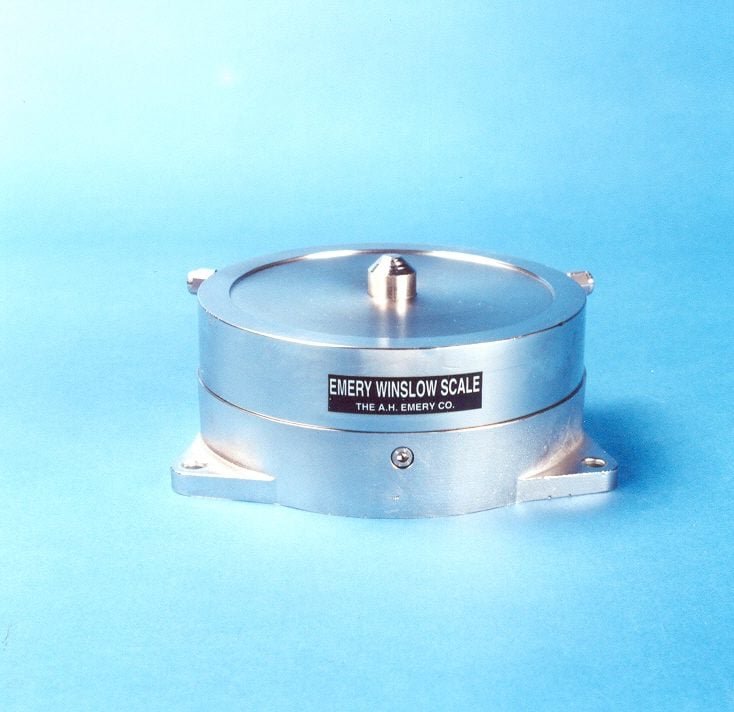Load measurement is a crucial aspect of various industries, from manufacturing and construction to transportation and aerospace. Hydraulic load cells are a class of devices used to accurately measure forces and loads by utilizing the principles of fluid mechanics and pressure transmission. In this article, we will delve into the in-depth workings of hydraulic load cells, their mechanisms, applications, advantages, and limitations.
Principle of Operation
At its core, a hydraulic load cell employs Pascal's law, which states that when pressure is applied to a confined fluid, that pressure is transmitted undiminished in all directions. This fundamental principle serves as the basis for the functioning of hydraulic load cells. The load applied to the load cell generates a force that is converted into hydraulic pressure within the fluid-filled system.
A hydraulic load cell typically consists of the following components:
Load Piston: This is the part of the load cell that directly experiences the applied force. The load piston is often connected to the structure or equipment whose load needs to be measured.
Fluid-Filled Chamber: The load piston is situated within a sealed chamber filled with hydraulic fluid (usually oil). As the load is applied to the load piston, it generates pressure within the fluid.
Pressure Transducer: The pressure generated in the fluid is measured by a pressure transducer, which converts the hydraulic pressure into an electrical signal that can be further processed and interpreted.
Output Circuitry: The electrical signal from the pressure transducer is sent to output circuitry, where it can be conditioned, amplified, and converted into a readable format (such as voltage, current, or digital signals).
Working Steps
Load Application: When an external force or load is applied to the load piston, it causes the piston to move and pressurizes the hydraulic fluid in the chamber.
Pressure Transmission: According to Pascal's law, the pressure generated by the load is transmitted undiminished throughout the hydraulic fluid.
Pressure Measurement: The pressure transducer senses the hydraulic pressure and converts it into an electrical signal. This signal is proportional to the applied load.
Signal Processing: The electrical signal is then processed and conditioned by the output circuitry. This step may involve amplification, calibration, and conversion to a suitable output format.
Load Display/Recording: The processed signal can be displayed on a readout or further recorded for analysis, data logging, or automation purposes.
Applications
Hydraulic load cells find applications in various industries due to their accuracy, robustness, and versatility. Some common applications include:
Weighing Systems: Hydraulic load cells are used in weighing scales for industrial and commercial purposes. They are capable of handling heavy loads while providing accurate weight measurements.
Material Testing: In the field of materials science and engineering, hydraulic load cells are used to determine mechanical properties like tensile strength, compression strength, and elasticity.
Construction and Structural Testing: Hydraulic load cells are employed to monitor and test the load-bearing capacity of structures such as bridges, buildings, and dams.
Aerospace and Aviation: These load cells play a crucial role in testing and certifying the structural integrity of aircraft components, ensuring safety in flight.
Automotive Industry: Hydraulic load cells are used in automotive testing to evaluate the durability and performance of vehicle parts under different loading conditions.
Advantages and Limitations
Advantages:
High Accuracy: Hydraulic load cells offer high accuracy and precision in load measurement, making them suitable for applications where precise measurements are crucial.
Robustness: They are known for their durability and ability to handle heavy loads, often in rugged environments.
Low Sensitivity to Environmental Factors: Hydraulic load cells are less sensitive to temperature fluctuations and electromagnetic interference compared to some other load measurement technologies.
Limitations:
Fluid Leakage: Over time, hydraulic load cells might experience fluid leakage, which can affect accuracy and performance. Regular maintenance is essential to mitigate this issue.
Complex Installation: Installing hydraulic load cells can be more complex compared to other load measurement methods due to the need for hydraulic fluid management.
Temperature Effects: While less sensitive to temperature than some other technologies, hydraulic load cells can still be influenced by temperature changes, which might require compensation mechanisms.
Conclusion
Hydraulic load cells are a vital tool in the realm of load measurement, offering accurate and reliable data across various industries. Their reliance on Pascal's law and fluid mechanics provides a robust foundation for accurate load measurement, enabling applications ranging from material testing to aerospace engineering. Despite certain limitations, their advantages in terms of accuracy, durability, and versatility make them an indispensable asset in modern technology and industry.
American Scale is your source for industrial scales. Be sure to check out our Learning Hub for in depth articles tackling multiple topics. From scale service and maintenance, to learning how to pick the right scale for you. American Scale has you covered.

